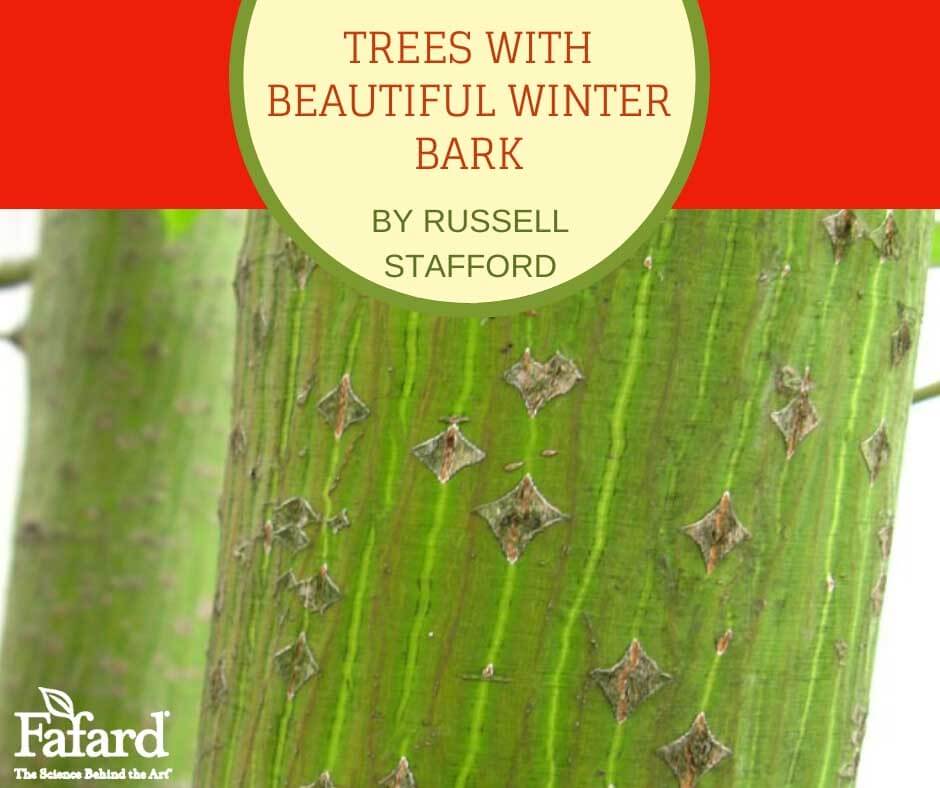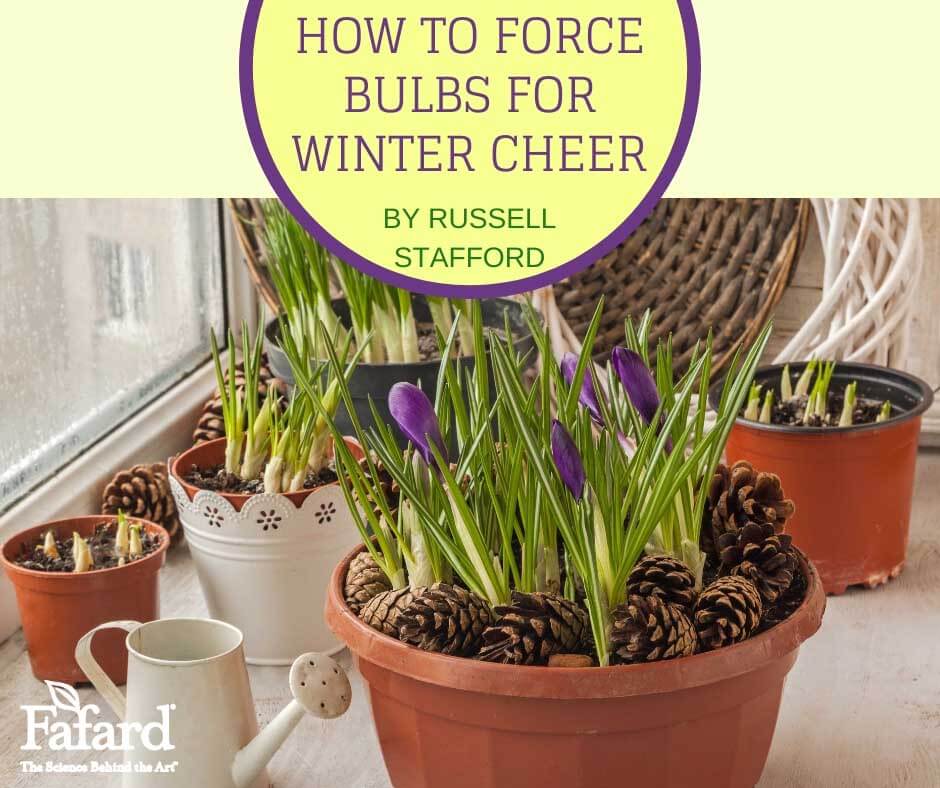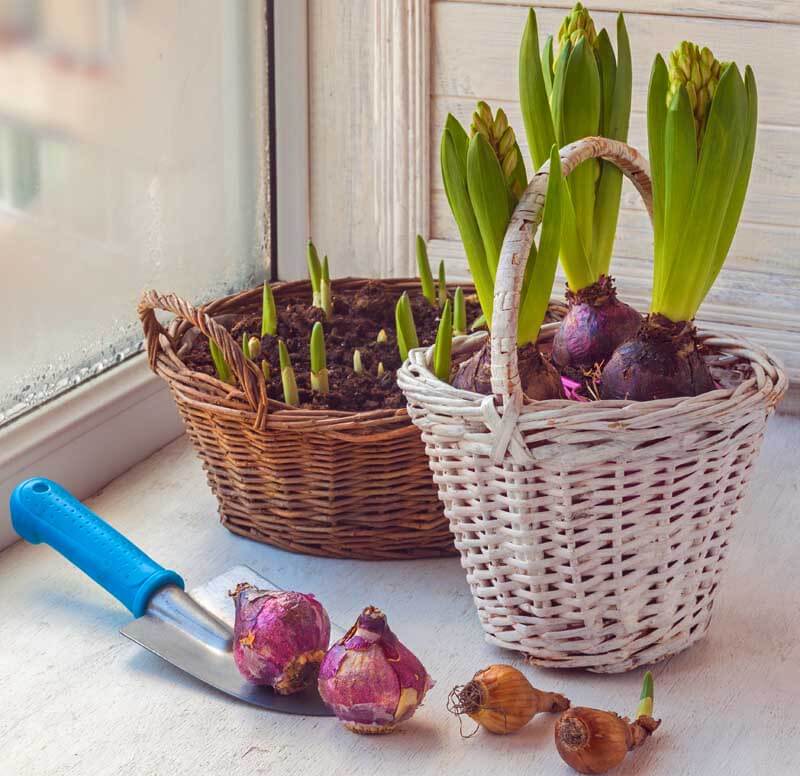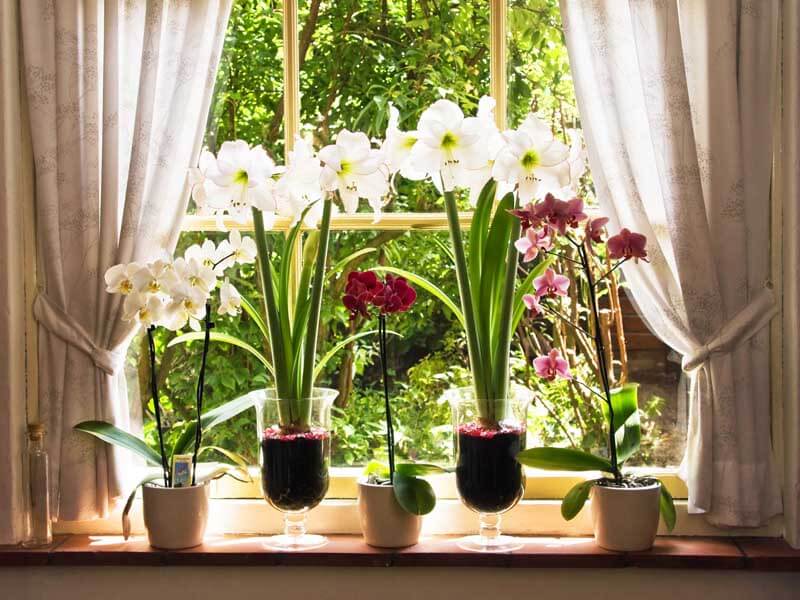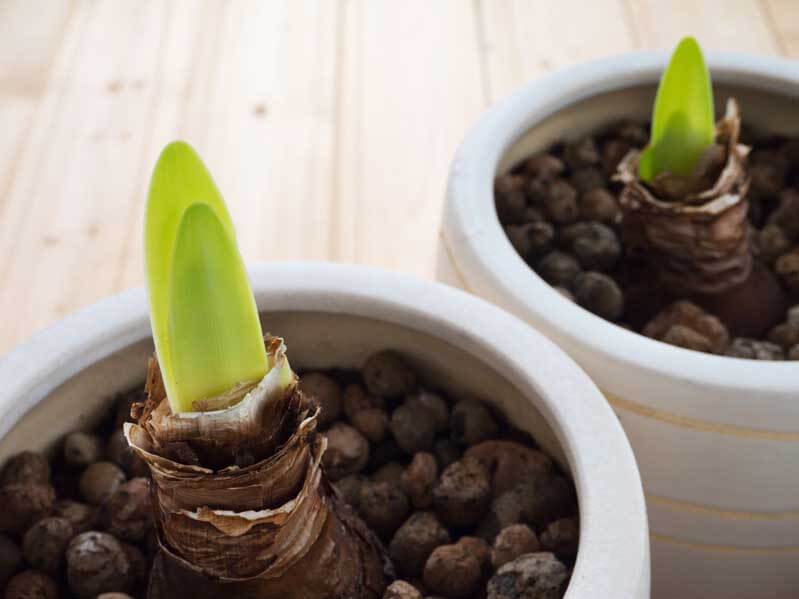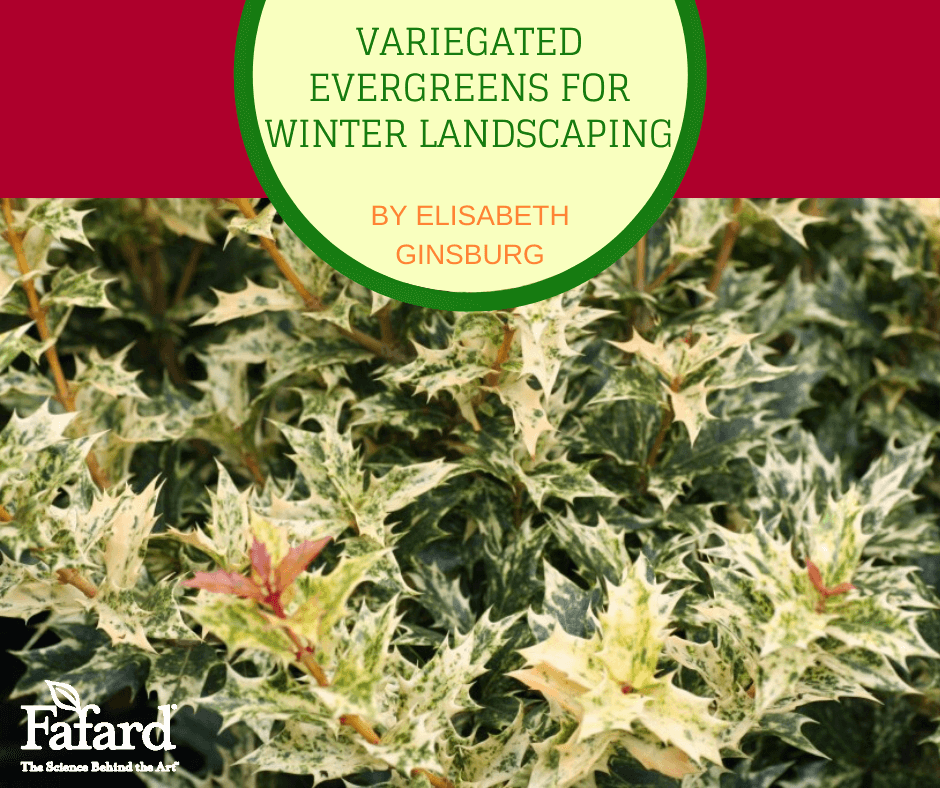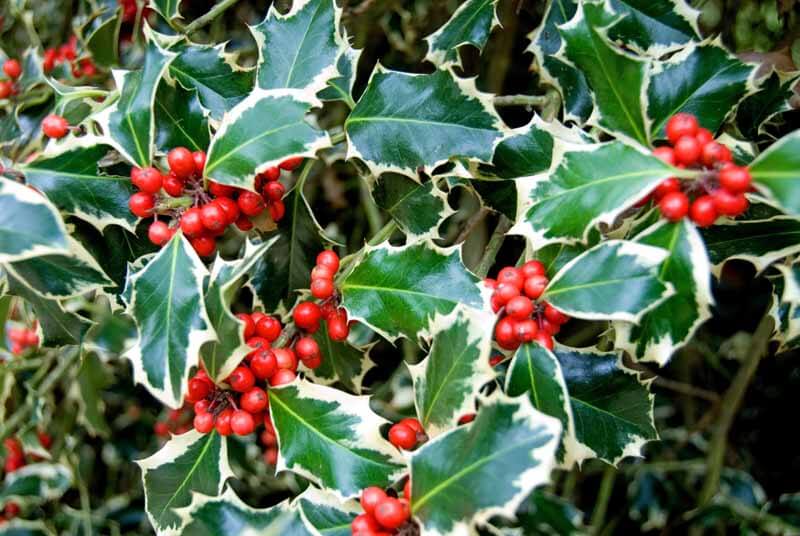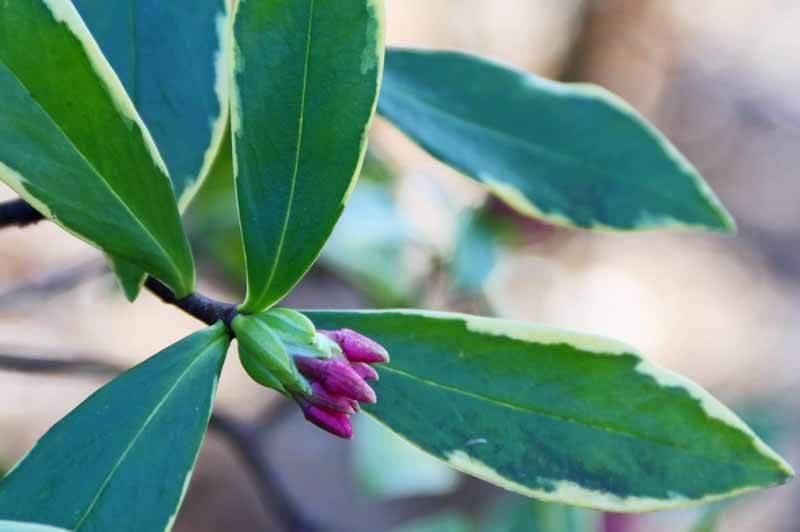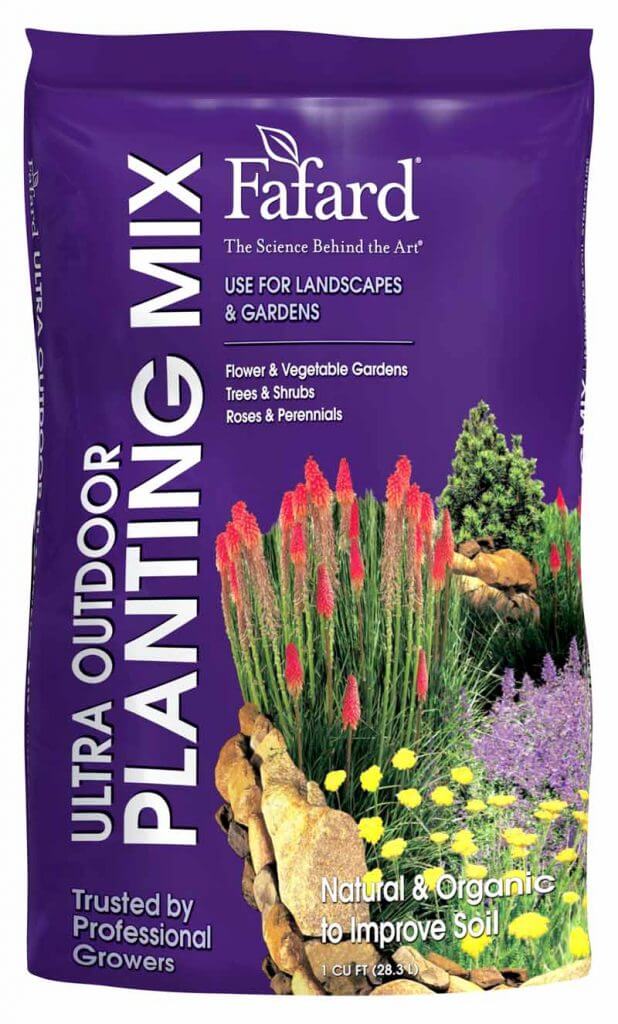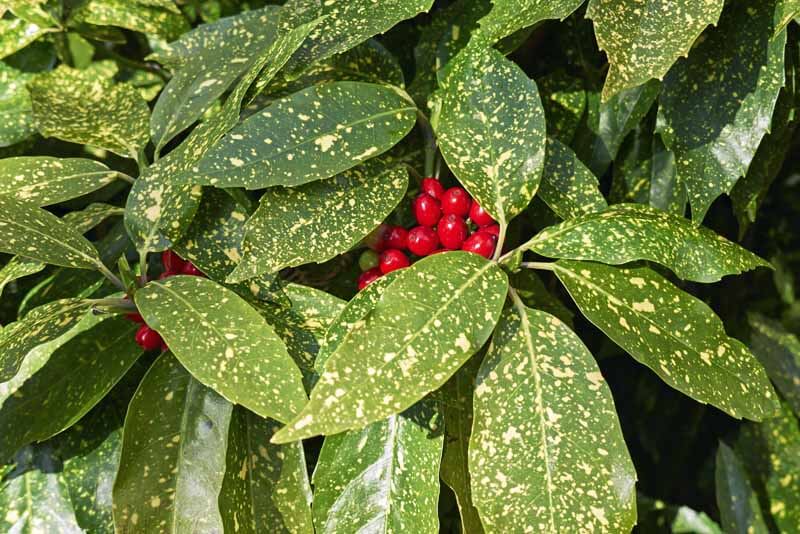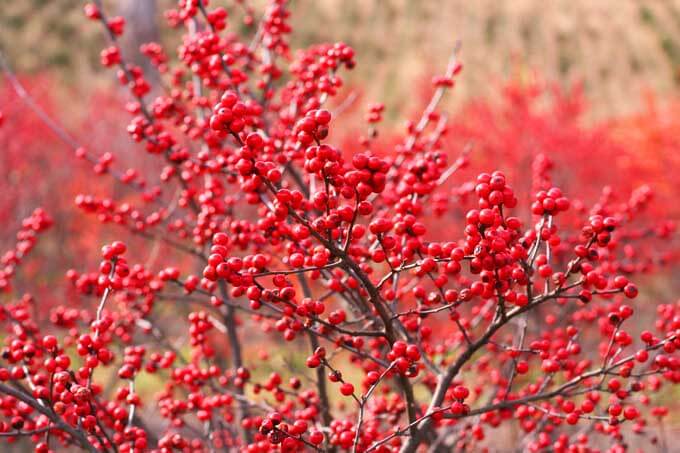
If your houseplants could talk, they would tell you that they like natural daylight—the kind you get outdoors—better than artificial light of any kind. They might also say that the winter-time humidity level in your house is too low. They hope that the compensatory misting you give them does something good for you, because it doesn’t help them very much. Neither does the overwatering that they get from time to time. In the midst of saying those things, some of them might yawn, as winter is a time when many houseplants’ growth cycle slows.
What do your plants want in the winter? The following will help keep them in good shape until spring sets in and growth cycles start anew.
Tidying Up

Your plants, especially those that have summered outside, probably could use a little TLC. Prune out weak stems, and cut back those that are too gangly. If the plant has glossy leaves, like a gardenia, gently wipe the foliage with a damp cloth to eliminate pore-clogging dust. Check stems, leaves, root ball for pests. Many can be dislodged with a stream of water or application of insecticidal soap. If the plant is pot bound, repot with fresh media, like Fafard® Professional Potting Mix, in a clean container that is about one third larger than its predecessor. Winter will not bring much growth, but it won’t bring strangulation either.
Light

If you are blessed with a lighted greenhouse, all you have to do is find appropriate spaces for houseplants that prefer a bit of shade. But if you, like many gardeners, have to rely on windowsills, try to put most of your plants in south-facing ones. This may be too much for some popular indoor varieties, like African violets or fancy-leaf begonias. Save areas with bright indirect light, like north-facing windows for them. Be sure to rotate your houseplants regularly to even out light exposure and avoid lopsided growth.
Fertilizer
In general, fertilize plants when they are in active growth. For most plants this means little or no feeding in late fall and winter. The caveat is that you should know your plant. If it is a winter bloomer, it may need fertilizer during the colder months. A little research on individual species will ensure that you fertilize properly for winter blooms.
Humidity

Houseplants like more humidity—generally 40-50 percent— than the average indoor environment provides in winter. If all your plants are in a single room, think about investing in a humidifier. The added moisture in the air will be good for you, the plants and any wooden furniture in the immediate area. If a humidifier is not an option, fill deep plant saucers with pebbles and water and stand the plants on them, making sure that the bottoms of the pots are not standing in water. Replenish the water around the pebbles every few days or as needed. If plants are grouped together and each stands on a bed of pebbles and water, the humidity level around them will be comfortably high.
Watering

Overwatering is the most frequent cause of houseplant death. Fortunately, it is also the most preventable. Before you water, take a look at the plant. Is the top inch of the soil dry to the touch? If you pick up the container, does it feel relatively heavy or light? If the specimen in question is a succulent, it is best to water them very sparingly in winter. If your plant appears to be too dry, gently feel a leaf or two. Thirsty succulents tend to have slightly flaccid leaves.
If the plant is dry, water thoroughly until water flows out of the holes in the bottom. Deep watering once or twice a week in the winter is much better for overall health than adding a little water every day. Some houseplants, such as African violets and Streptocarpus, need to be watered from the bottom to keep their leaves from getting wet; moisture on the leaves causes spotting and damage.
Temperature

The majority of popular houseplants like the same indoor temperatures as the majority of humans. Like us, they also prefer to avoid extremes. Ambient temperature around 70 degrees F is generally good. If you house your plants on windowsills, don’t let leaves touch the cold glass panes. Avoid positioning them over radiators too. Intermittent cold drafts from doors, windows or vents can also be harmful.
Languishing

In late fall or early winter, houseplants that have spent the summer and early fall outdoors often languish while adjusting to lower light, less humidity and fewer daylight hours. If the plant is in the right light situation and receiving adequate water, it will adapt and recover after a few weeks. That does not mean that your plumbago or oleander or prize geranium will behave like the blooming fool that it was in the summer. It means that it will live to dazzle you again when warm weather returns.
The same may hold true with houseplants that you purchase from a nursery, garden center or other retailers. Many have been raised under near-ideal conditions and will need adjustment time as they get used to your particular indoor environment.
 Houseplant care follows the same rules as care of any other kind of plant. If you are observant, the plant will generally tell you what it needs. Watch for signals and respond accordingly. If the soil is too wet, cut back on watering. If leaves appear burned around the edges, move the plant to a place with less light. About the time you are feeling droopy due to winter blues, your plants may be similarly afflicted. If you have given them good care, both you and the plants will recover as the hours of daylight increase.
Houseplant care follows the same rules as care of any other kind of plant. If you are observant, the plant will generally tell you what it needs. Watch for signals and respond accordingly. If the soil is too wet, cut back on watering. If leaves appear burned around the edges, move the plant to a place with less light. About the time you are feeling droopy due to winter blues, your plants may be similarly afflicted. If you have given them good care, both you and the plants will recover as the hours of daylight increase.





















